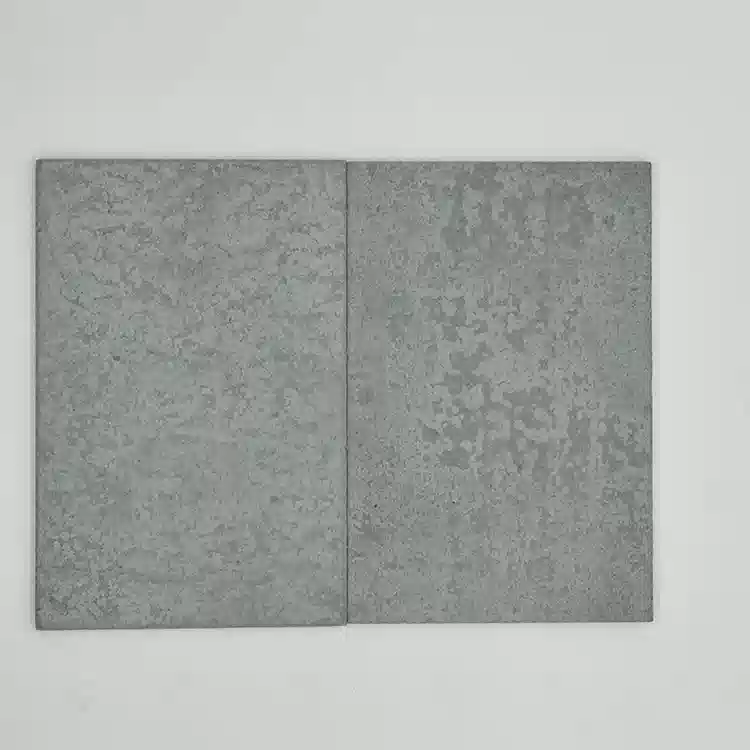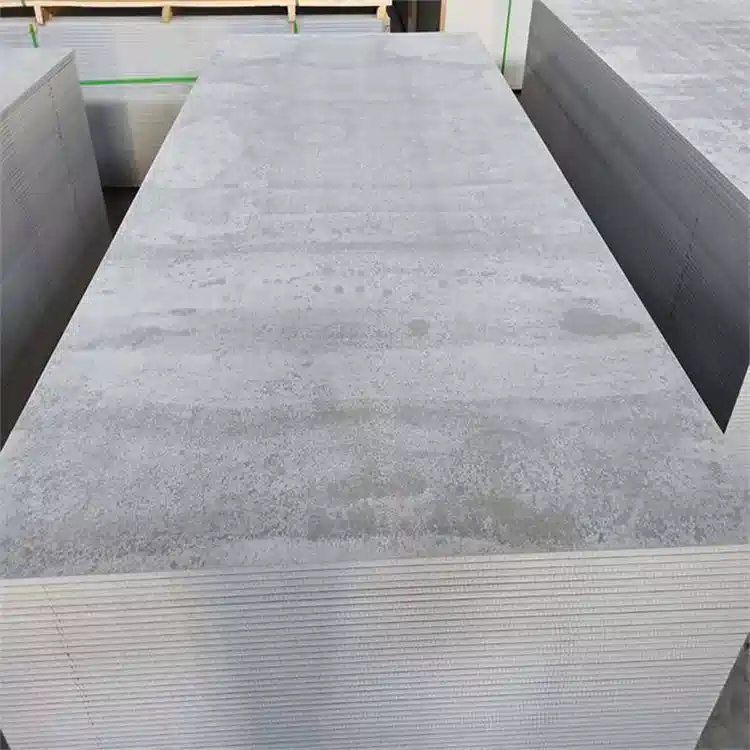Fiber cement board is a high-quality building and decorative material. It is made from natural fibers and cement through processes such as pulping, forming, cutting, pressing, and curing.
Fiber cement board offers multiple notable advantages. It is lightweight, high-strength, waterproof, corrosion-resistant, fireproof, available in large panels, easy to work with, and helps improve construction efficiency.
This board comes in a variety of standard specifications. The typical size is 1200mm × 2400mm, with thickness ranging from 2.5mm to 100mm. Custom cutting is also available according to customer requirements, with recommended sizes including 600×600mm, 600×1200mm, and others to minimize waste.

Fiber cement board is suitable for various construction scenarios. It can be used for exterior wall insulation, interior partitions, acoustic ceilings, LOFT interlayers, prefab housing, and more. It is widely applied in commercial buildings, factories, residences, hospitals, stations, and other public or private spaces.
Fiber cement board is particularly ideal for renovation projects. If a building requires updating, it provides an aesthetically pleasing, durable, and easy-to-install solution for walls and ceilings.
Installation and processing of fiber cement board are straightforward. Cutting can be done with a handsaw or electric circular saw, while drilling is typically performed with a power drill. Edges can be smoothed using an electric planer or sander. When nailing directly, keep a certain distance from the edge to avoid cracking.

Fiber cement board can be connected to different types of frames in various ways. For wood frames, round nails or wood screws are suitable; for light steel frames, self-tapping screws are required; and for non-metallic substrates, expansion screws can be used. It is recommended to add rubber strips to improve leveling and sound insulation.
Direction of installation should be chosen carefully. Fire-rated walls require vertical installation, with the long side parallel to the studs and the edges fixed at the center of the stud flange. Non-fire-rated walls can be installed either vertically or horizontally. For ceiling applications, the long side must be perpendicular to the joists.
As a company specializing in the production of fiber cement boards, we are committed to providing customers with cost-effective, safe, and reliable fiber cement products.
